
December 2020
This is the online version our community update featuring important news and highlights from around the City School District of Albany. You can also download a .pdf of the print version.
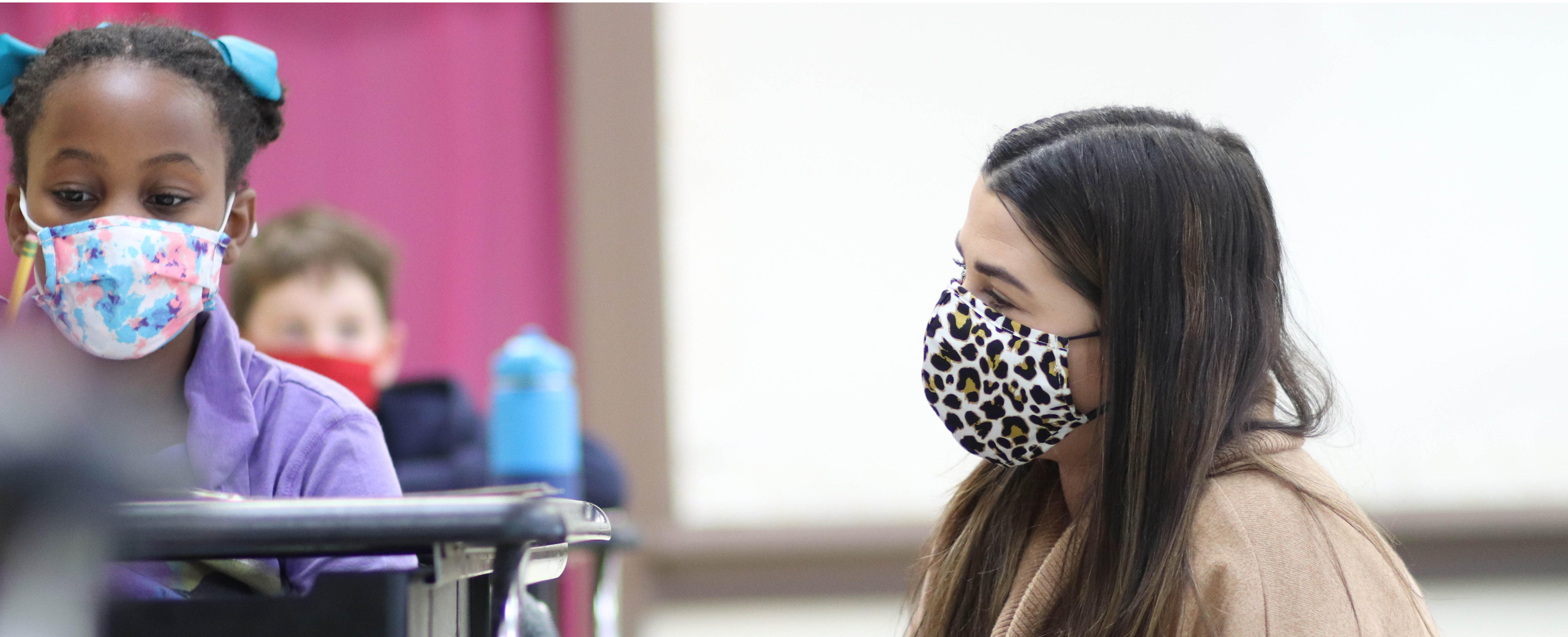
COVID-19: Challenges and opportunities in education
Like school districts across the country and around the world, the City School District of Albany has been faced with numerous challenges and opportunities since the onset of the pandemic. For the 2020-21 school year, this has included a shift to virtual learning for about half of our students, and many modifications to the traditional in-person teaching and learning model. All of our students from prekindergarten through grade 6, as well as our self-contained special education students K-12, have the option of in-person or virtual learning. All of our general education students 7-12 are enrolled in a virtual model.
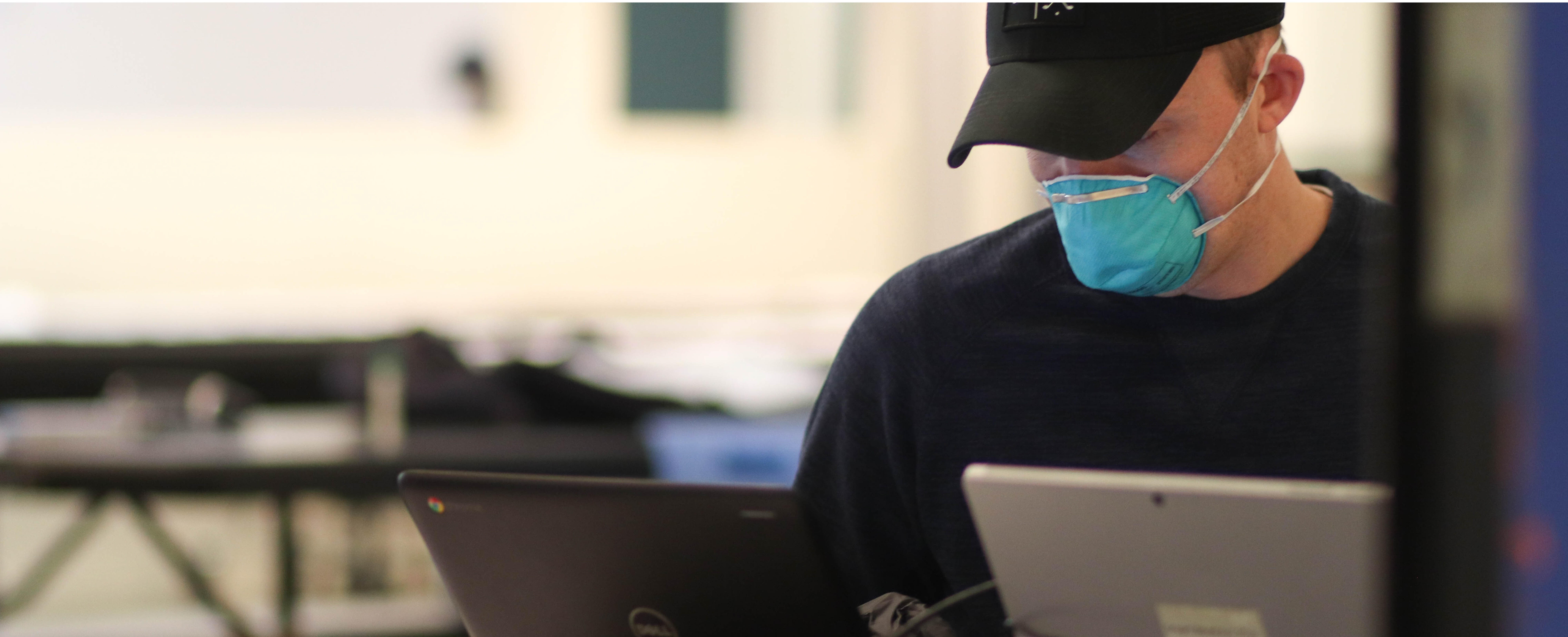
Addressing students’ technology needs
From an academic standpoint, the availability of Chromebooks became an immediate challenge with the sudden transition of our instructional program model in mid-March. Like most districts, our district was not equipped for 1:1 computing at that time. We immediately initiated a survey of all district families to assess their accessibility to computers and the Internet at home. We identified approximately 2,200 students who had adequate technology at home to engage in virtual learning, and by early April distributed 3,900 Chromebooks to families who did not.
Because we did not have enough Chromebooks for every student in need, we focused on making sure that every household had a device. We also purchased 600 mobile hotspots and distributed those to families in need, with a supply remaining available for connectivity needs as they arise.
For many students, our one-per-household strategy with our limited supply of Chromebooks meant sharing a device. To address this, simultaneous with our survey of families in late March we applied to use about $1.7 million in Smart Schools funding to purchase 5,200 additional Chromebooks. The state approved our application in late July and we submitted our order the same day. Delivery, initially scheduled for September and then postponed until November, is still pending. Significant production and shipping delays caused by COVID-19 – including the reality that the pandemic thrust schools worldwide into the same situation at the same time – have delayed our ability to get to a 1:1 computing model. To help mitigate this situation, the district repurposed 1,000 laptops and other devices with Chromebook capabilities in September and October, prioritizing families with three or more students learning at home with only 1-2 available devices. About 1,700 students remain without their own device at home, and we have developed a distribution plan to deploy our new supply of Chromebooks as soon as it arrives.
Technology support from our community partners
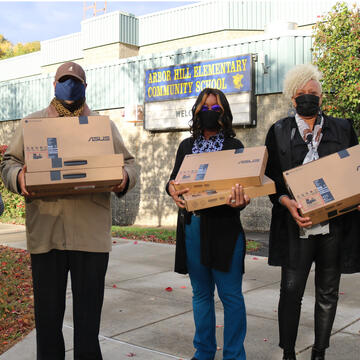 Our students’ and families’ technology needs also have been supported by amazing community partners. The Albany Fund for Education has led an effort to refurbish donated used laptops and computers for student use. This ongoing effort has put more than 120 devices in the hands of district students to date. Hannaford also is supporting this effort with a significant donation that will allow AFE to purchase hundreds more devices. The Albany Public School Administrators Association donated 20 Chromebooks to district students this fall. The Metropolitan Baptist Church donated 10 to students at Arbor Hill Elementary School, and an individual donor donated 10 to students at Montessori Magnet School. We also are working with additional community organizations on additional technology donations to support our students until our delayed Chromebook shipment arrives.
Our students’ and families’ technology needs also have been supported by amazing community partners. The Albany Fund for Education has led an effort to refurbish donated used laptops and computers for student use. This ongoing effort has put more than 120 devices in the hands of district students to date. Hannaford also is supporting this effort with a significant donation that will allow AFE to purchase hundreds more devices. The Albany Public School Administrators Association donated 20 Chromebooks to district students this fall. The Metropolitan Baptist Church donated 10 to students at Arbor Hill Elementary School, and an individual donor donated 10 to students at Montessori Magnet School. We also are working with additional community organizations on additional technology donations to support our students until our delayed Chromebook shipment arrives.
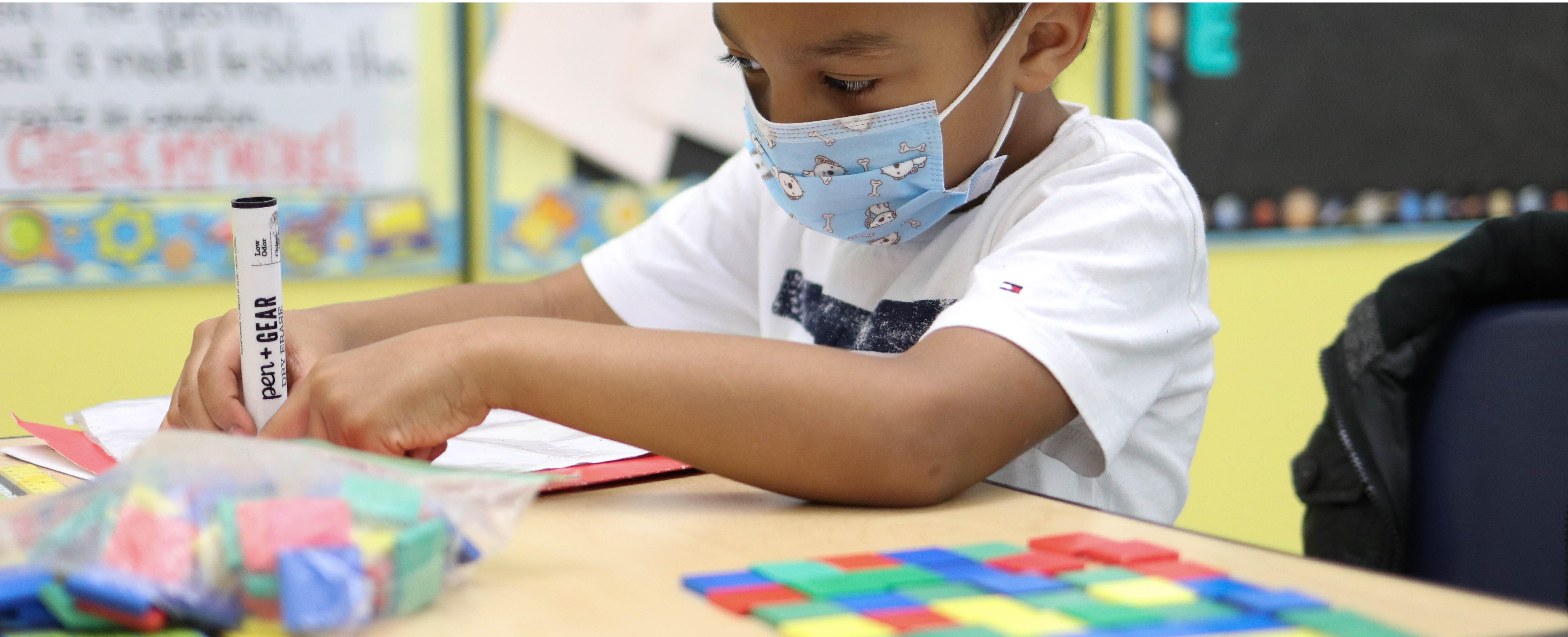
Access and opportunity for all students
In the summer, prior to the state’s notification that it had begun withholding – and would continue to withhold – 20% of its aid to schools due to the economic impact of COVID-19, the district developed hybrid instructional options for our middle and high school students that included in-person learning opportunities. Due to the fiscal impact of COVID-19, the district reduced 215.6 positions in September. The related programmatic reductions included the in-person options for all general education students in grades 7-12. However, the district also planned for a Phase 2 rollout of targeted in-person options beginning in October to provide access and opportunity for these students. Focusing on equitable access for all students, Phase 2 included career and technical education (CTE) programs, music and art, on-site science lab experiences and in-person learning labs for Tier 2-3 students.
COVID-19 fiscal impact
 The health and safety impact of COVID-19 has been the foremost concern throughout society since the pandemic started. However, the fiscal forecast also has been dire as the impact of closed businesses – temporarily and permanently – and lost revenue has spread. The state Division of Budget notified schools and municipalities in August that it has begun withholding 20% of its aid payments and would continue to do so without COVID-19 aid from the federal government. For our final state aid payments of the 2019-20 fiscal year last summer, the state withheld $1.42 million, most of it funding related to special education programs.
The health and safety impact of COVID-19 has been the foremost concern throughout society since the pandemic started. However, the fiscal forecast also has been dire as the impact of closed businesses – temporarily and permanently – and lost revenue has spread. The state Division of Budget notified schools and municipalities in August that it has begun withholding 20% of its aid payments and would continue to do so without COVID-19 aid from the federal government. For our final state aid payments of the 2019-20 fiscal year last summer, the state withheld $1.42 million, most of it funding related to special education programs.
For 2020-21, a 20% reduction could range from $16.5 million-$23.2 million, depending on which aid categories are reduced. In September and October, we received the first aid payments of our fiscal year in full. In November, the state withheld $700,000 of our federal CARES Act funding from our anticipated payment of $8.1 million (an 8.6% reduction). However, the state did provide guidance on how those funds may be accessed later in 2021. To date, we have received $24.6 million of our anticipated $118.6 million in state aid for 2020-21, about 20.7%. On the normal payment schedule for school aid, we would receive about 66% of our total state aid in March and after.
Based on the guidance from the Division of Budget regarding the state’s serious fiscal challenges, we made the painful yet fiscally responsible decision in September to reduce our 2020-21 budget by $15 million, which equaled 13% of our anticipated state aid and 215.6 positions district-wide. In addition to those reductions, the district also has lost $5.52 million through a combination of state aid withholdings and unplanned expenses related to COVID-19, and reduced our planned prekindergarten programming by another $1 million. We also are continuing to plan for the state’s fiscal challenges to persist for multiple years.
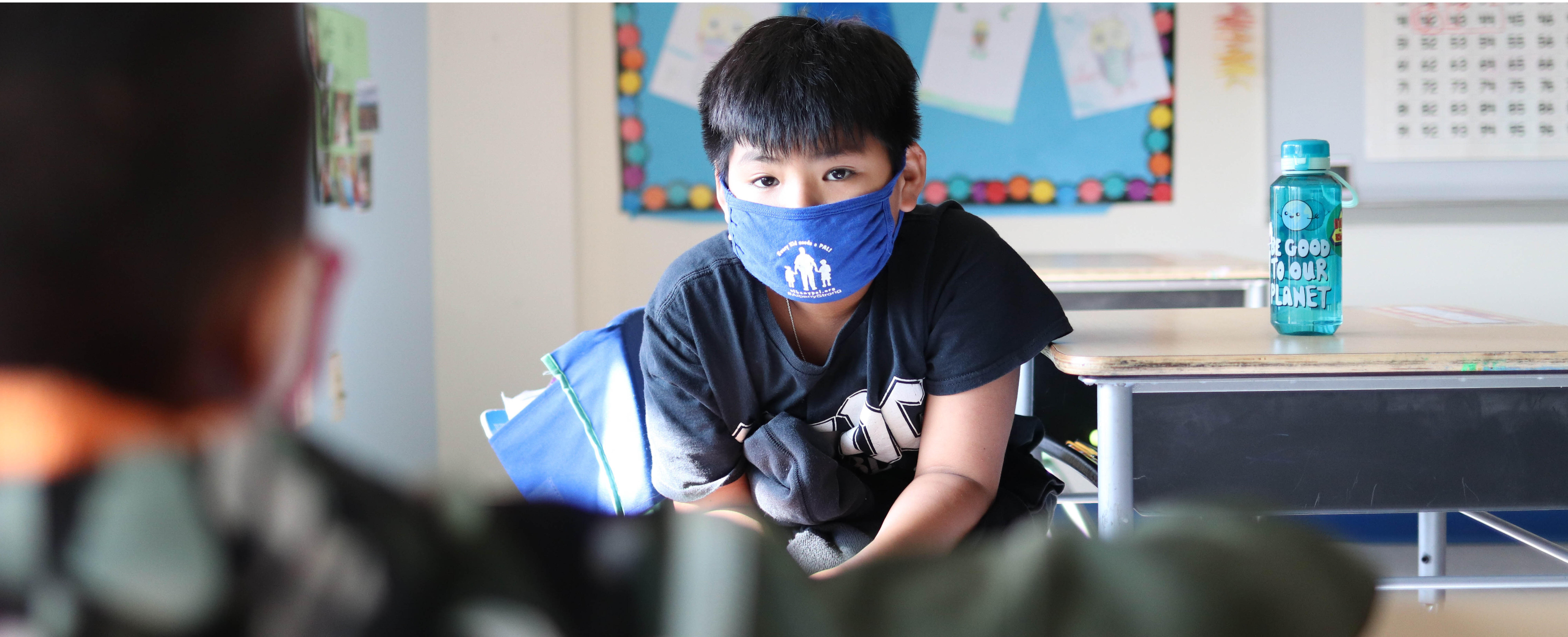
Advocating for funding equity
Governor Cuomo has said he will provide an update in late December or early January regarding the state’s revenue projections for the rest of this fiscal year, which will include details about likely reductions in state aid for 2020-21. If state aid reductions are necessary, the district is urging the state to implement them equitably to minimize the impact on high-needs school districts like Albany. This is critical now more than ever as COVID-19 threatens the health and well-being of all New Yorkers, especially our most vulnerable communities. We also urge the state to ensure that reductions are implemented fairly between public schools and charter schools. Reductions that impact public schools more severely would be hugely inequitable for the students we serve – who comprise nearly 85% of the students attending publicly funded schools in Albany. The district has met with state leaders this fall to advocate for funding equity, and encouraged our community members to make their voices heard as well. You can find more information about our advocacy efforts at albanyschools.org/advocacy.
This site provides information using PDF, visit this link to download the Adobe Acrobat Reader DC software.

